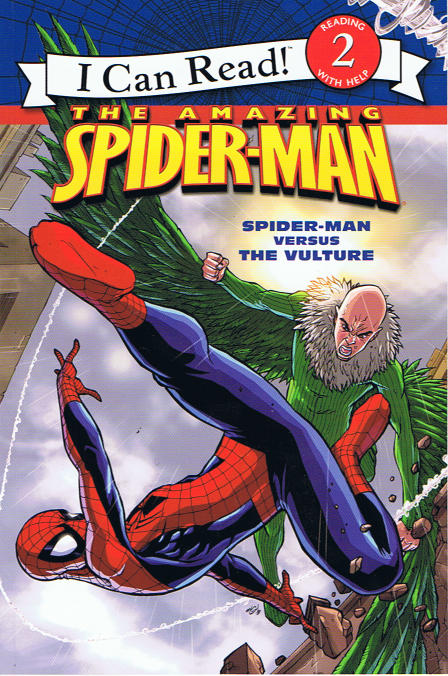

An extra, folded sheet of paper the same size as the book, is attached to the front and back of the bookblock.Three pieces of stiff board, called binder’s board, are covered with something, like paper, cloth, cloth treated so that it can be printed like paper, leather, or anything else you can cover the boards with.These include technical specifications (for the different methods of library binding) and material specifications (for the materials used in library binding). In conjunction with the National Information Standards Organization, the Library Binding Institute has published standards of library binding that should be used by all binding companies. The Library Binding Institute is the main source of information and standards on library binding.The library binder insures against the loss of volumes and corrects any mistakes (such as the wrong color buckram cloth, or the incorrect title stamped on the spine). Library binders and libraries agree on the conditions of the services provided and the prices charged, and then sign a contract confirming these.A volume should not be sent to a commercial library binder if the papers in the volume are brittle, if the volume appears to have value as an artifact, if the item can be repaired or treated in-house, or if the item needs preparatory conservation treatment. The goal should always be to do as little damage to the volume as possible. The operations they perform on books and serials help extend the life of these materials, making them more accessible to library users. Although they are commercial enterprises, library binders act as partners to the library world. Since then, there have emerged several prominent library binding companies (including Dague Bookbindery, Ocker & Trapp, or Wert Bookbinders). Commercial library binding factories were first established in America and England in the early twentieth century.The binding company handles each volume one at a time, and then places all the items from the shipment back into boxes and sends them back to the library. The library will gather and set aside their volumes which they want library bound, and then box and ship these books to a library binding company. Sending books to the library binder is a mass production process. Library binding is done at a commercial library binding company. Library-bound volumes in wooden bookcases Bound serials are typically all bound in the same color of buckram, in order to indicate the relationship of the volumes. The information about the volume (such as title and call number) is hot-stamped onto the spine. Smaller books may be bound in c-cloth, a lighter weight cloth that may or may not have an acrylic coating. The buckram used is a 100% cotton, bulky fabric designed to withstand wear and tear. Acrylic coatings are generally resistant to water, mold, insects, and ultra-violet light. The most common cloth used by library binders to cover the boards of the book is buckram coated with acrylic.

The book block is placed in a sturdy cover or case, with special paper covering the inside covers. But if the paper of the volume is too fragile, or the book block is too thick, the spine is left flat. The spine of the volume sometimes is rounded and backed to keep the spine from caving in. Often a piece of linen is glued to the book block spine for further support. The separate signatures then get sewn together, creating a single book block. Then the loose sheets are combined into small units or signatures, which are secured with overlock stitching. Oversewing involves cutting or milling off the spines of the volumes, creating a block of loose pages. Most library binders use a method of bookbinding called oversewing to secure the volumes. The buckram used to cover library bound books comes in a variety of colors.


 0 kommentar(er)
0 kommentar(er)
